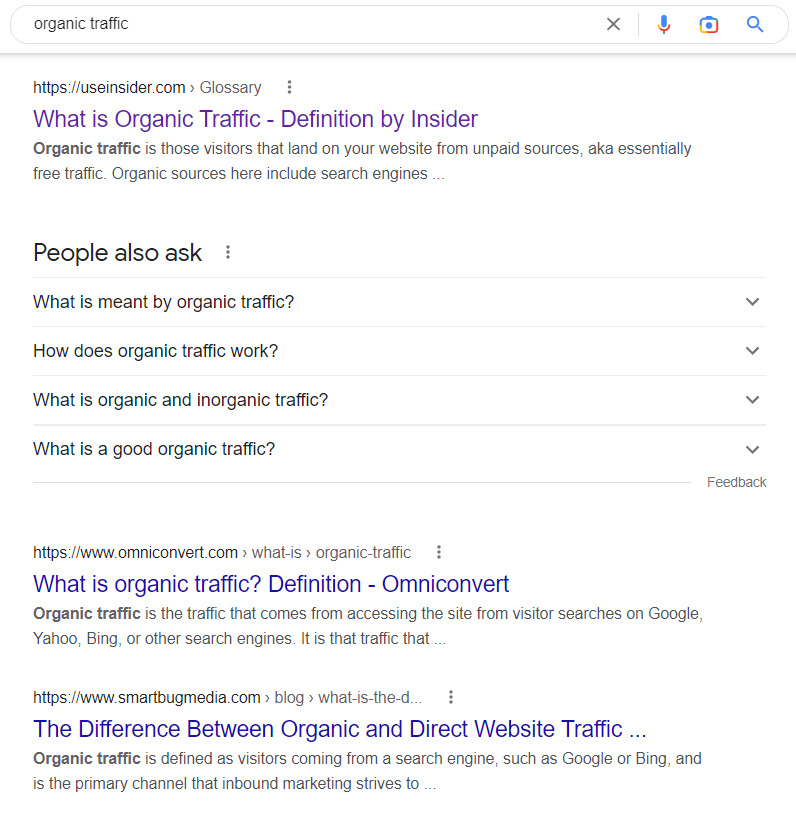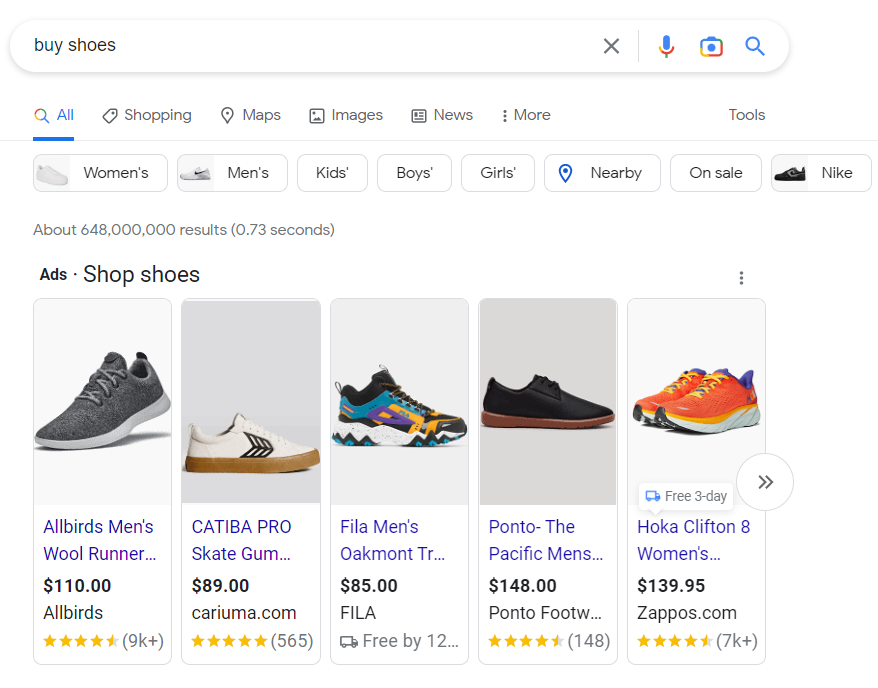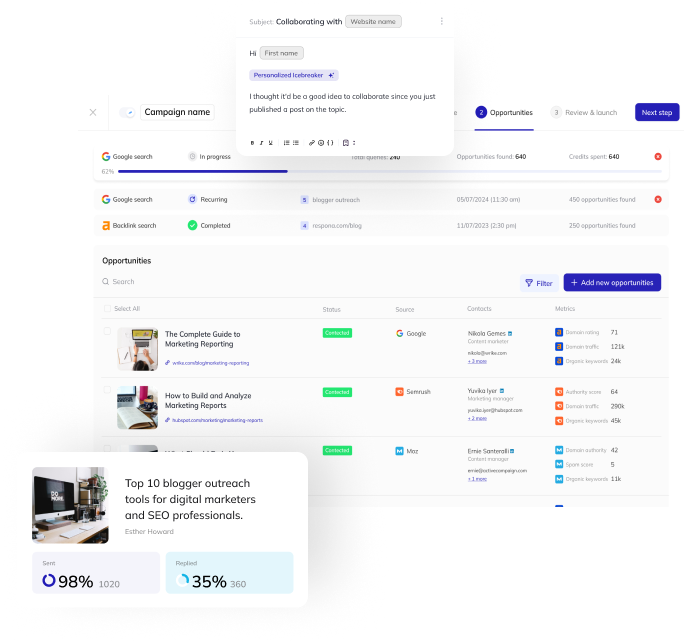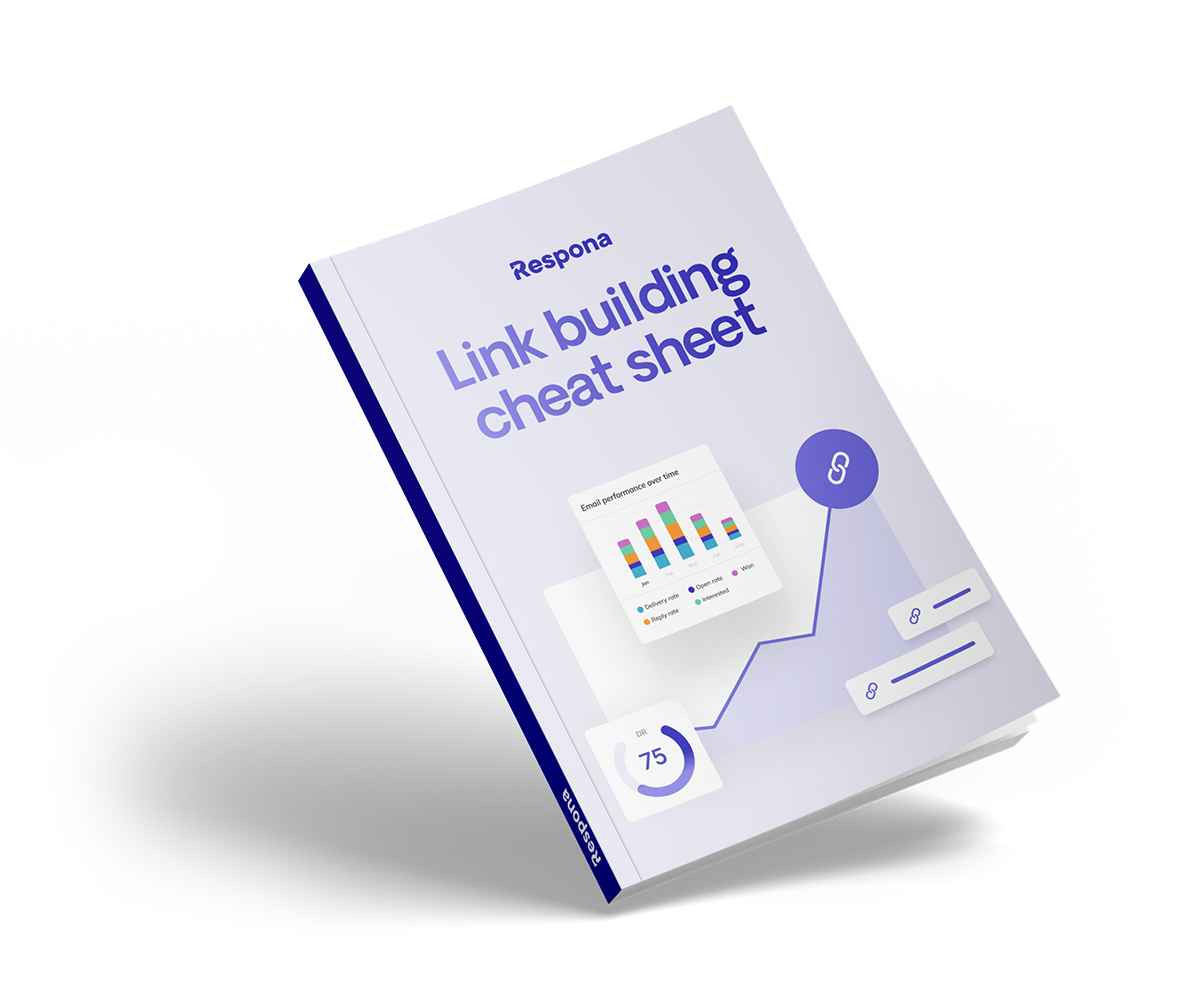Traffic
What is Traffic?
Unlike real-word traffic that we have to slog through on our way to work (those of us not working from home), website traffic is a good thing.
It’s all of the people visiting your website from all channels.
We’ll take a more in-depth look at each traffic source further along, but first let’s try to understand why the word “traffic” comes up so often in virtually every conversation relating to online business.
Why is Traffic So Important?
Some businesses firmly believe that traffic is a “vanity” metric as by itself, it doesn’t really provide much insight into the well-being of a business.
In a sense, it is a valid point – after all, it’s better to get 100 people to visit your website each month, out of which 5 will buy your product/service than get 100,000 traffic with zero conversions.
However, without knowing how much traffic you’re generating total, you can’t calculate conversions, qualified leads, and so on.
It’s one of the most basic metrics to track and pay attention to.
More traffic doesn’t always translate to more sales, but it definitely can.
Traffic Channels
When it comes to website traffic, there are five different channels that it can be coming from –
organic, paid, direct, referral, and social.
Let’s take a look at each one.
Organic
Organic traffic consists of all people that click on your website in SERP (search engine results pages) organic results.
Organic traffic is arguably the most important traffic type, and increasing it is one of the core goals of any SEO strategy.
The reason why it’s usually put above other traffic types is because high amounts of organic traffic are also associated with higher-ranking positions, and vice versa.
And since people turn to Google whenever they want or need to purchase/learn about something, having your brand show up in the top spots is one of the best ways to increase brand awareness, find new customers, and of course, sell more of your product/service.

Organic channels can capture leads from each stage of the funnel (awareness, interest, decision, action) as well as with all types of search intent (informational, navigational, commercial, and transactional), so it can be less targeted than paid traffic.
Generating organic traffic can also be much more cost-efficient since you don’t have to spend on ad bids.
Paid
Paid channels are your Google and social media ads as well as any type of sponsored content, links, and so on.
Paid traffic is some of the highest intent since advertisements are typically placed for commercial and transactional keywords.

You can also fine-tune your advertising campaigns to an extreme degree, so that only very specific audiences see your ads.
Ad campaigns are also easily trackable and measurable, and there are countless analytics tools that will help you make sense of your data and make sure your ad dollars are well-spent.
Direct
There are two types of direct traffic – “dark”, and actually direct.
Direct traffic is when a person types your website URL directly into your browser or clicks on a bookmark.
“Dark” traffic occurs whenever Google Analytics is unable to determine the traffic source, so automatically qualifies it as direct.
This can happen for a number of reasons:
- A user follows a link in a .PDF/text message/app
- Incognito browsing
- Bot traffic
Actual direct traffic can be a strong indicator of brand loyalty.
There are several measures you can undertake to separate direct traffic from dark traffic, such as:
- Create custom Google Analytics reports
- Exclude traffic from new users
- Implement HTTPS (visits to non-HTTPS sites don’t pass referrer data)
- Tag your campaigns with Google UTM parameters
Referral
Referral traffic is the traffic you get from other websites, through backlinks.
Referral traffic can serve as a KPI to measure your link building and other types of collaboration efforts.
Backlinks as well as referral traffic are actually a ranking factor in their own right, so link building should be a considerable part of your off-page mix if it isn’t already.
Social
As the name implies, any traffic that goes to your website from social media platforms is tagged as social.
If you use social media to generate more visits to your website, this is the KPI to track.
Traffic Example
The following example is Ahrefs’ estimate of our own organic traffic:

How to Generate More Traffic?
There is no easy answer to that question as different kinds of traffic are generated through different means.
Also, depending on your end goal, you may want to choose different traffic generation methods.
However, in general, there are three “big” ways of generating traffic to your website. op
Content Marketing
Content marketing is a type of marketing that involves creating and sharing online material (such as videos, blogs, and social media posts) that does not directly promote a brand but is intended to stimulate interest in its products or services.
Content marketing is used by businesses to attract, engage, and retain customers by creating and curating relevant and valuable content with the goal of increasing brand awareness, building customer loyalty, and driving sales.
Content marketing is beneficial for generating traffic to your website because it helps to create an audience, build relationships, and drive conversions.
Content marketing helps to build trust and credibility with potential customers, create an emotional connection, and demonstrate expertise in your industry.
Additionally, content marketing can help to increase website visibility by driving organic traffic and improving search engine rankings, as well as increase social media engagement.
Content marketing can also be used to create lead-generation opportunities by providing content that encourages visitors to sign up for your newsletter or other offers.
Finally, content marketing can help to build relationships with potential customers by providing relevant and valuable content that educates them about a certain topic or encourages them to take action.
Paid Ads
Running a PPC campaign is one of the quickest ways to start generating highly-targeted traffic directly to your product and service pages.
Its significant advantage over content marketing is the fact that you can set up an ad campaign and advertise your way to the #1 result in Google within hours, as long as you have the budget.
Compared to content marketing, it can also be much more expensive, but can deliver results even if you have only recently launched your website, eliminating the need to wait several months to start ranking pages organically.
SEO
SEO stands for search engine optimization and goes hand-in-hand with content marketing.
It is the process of optimizing your website’s performance, keywords, content, crawlability for users, and, of course, search engines.
There are three aspects of SEO:
- On-Page (content, keywords, meta and title tags)
- Off-Page (link building, reviews, and other mentions)
- Technical (site speed, internal linking, crawlability, and indexability)
Feel free to refer to our guide on building a strong SEO strategy to learn more about specific SEO tactics you can employ to increase your website’s organic traffic.
Bottom Line
Traffic is the bread and butter of any online business.
High amounts of traffic are often associated with good business performance and can translate into paying customers.
However, simply generating traffic is half the battle – you also need to push that traffic all the way through your marketing funnel and get people to actually buy from you, not just look at your website and leave.

